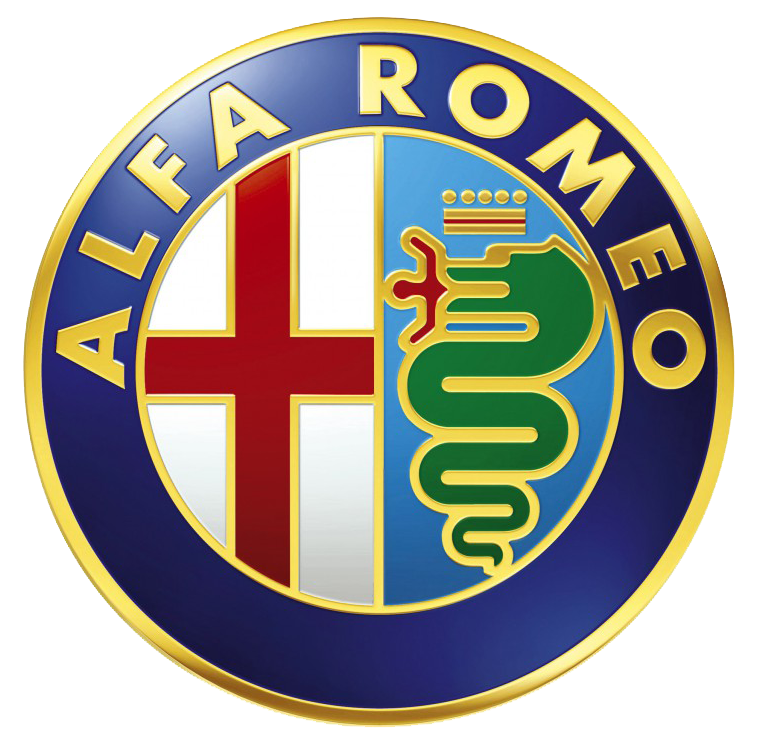Alfa Romeo GTA for sale

Alfa Romeo’s history began in 1910, in Milan, Italy, under the name A.L.F.A. The marque subsequently forged a name for itself in racing, with victories in Formula One, sports prototypes and touring cars. Some of its most iconic models were produced between the 1950s and the 1970s, such as the Giullietta, the Giulia, the GTA and the Spider. Bought by the Fiat Group in 1986, Alfa Romeo's offerings continue to include stylish sports cars with distinctive Italian designs.
Read the latest articles about Alfa Romeo GTA
8 Alfa Romeo GTA for sale
All items have been loaded
